They live and grow among us, those "wild ones," wildflowers, cherished by many and cursed by others. They aren't cultivated, they aren't deliberately seeded, and they rarely change their appearance. Yet when gardeners get together, their conversations frequently stray to the wildflower, known more often as a "weed." There, I said it. Weed! I've said it over and over during this rainy spring and summer and about the only time weeds are ever out of my mind is during the cold gray days of winter. Yet I love wildflowers. Their beauty is something to behold, many are medicinal, and some of their leaves and blooms make the finest soups and salads. It's only when they suddenly appear in the middle of my rose garden that they become aggravating weeds! Is it the same for you?
In order to better understand our love/hate, controversial relationship with wildflowers, we need to take a closer look at the role they played long before gardening became such a large part of our lives and long before so many of them were called "weeds." Wildflowers certainly have a much longer and stronger history than any other plant. Otherwise, they would have been long gone from this Earth. Let's go back in time and see how ancient gardeners felt about the lowly wildflower, and while we are doing this, let's remember that wildflowers were the only blooms to be seen all those years ago. Cultivating and hybridizing were processes not yet discovered.
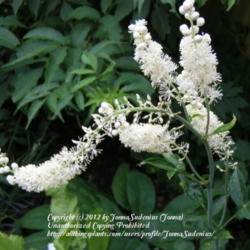
|
The Shanidar Cave in northwest Asia is an ancient burial site that was discovered and explored in 1957-61. It's important to us because it held within its walls seeds and pollen of plants that we know well, even though the burial site and the plant remains are thousands of years old. Of course the pollen and seeds could have been naturally placed on the shelves of the cave walls by foraging animals over the years, but if that's true, then the animals chose only medicinal wildflowers to store. Yarrow, cornflower, grape hyacinth, and hollyhocks were among them. Were the seeds of the medicinal plants placed there naturally or were they a part of an ancient burial ritual? There is no answer to that question, but it does make us wonder.
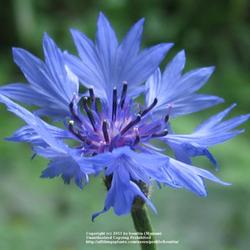
|

|
Moving forward a few thousand years, we learn that the dyes made from wildflowers can be found in ancient Egyptian fabrics, along with seeds and remnants of plants placed within the walls of tombs. Painted on the walls of excavated rooms of pharaohs are scenes of wildflowers, ancient but not forgotten. The wildflowers served as medicine and food for these cultures, and from the paintings and carvings we realize they were also treasured for their beauty.
The Roman, Pliny, studied wildflowers based on their utility, and around 23 B.C. he wrote these descriptive words about them: ". . . a source of food for both bees and man"; another country, another culture represented. Wildflowers were described and studied by both Virgil and by Dioscorides and we have the ancient Greeks and Romans to thank for our long botanical plant names. By this time seeds of wildflowers had become so vitally important as food and medicine that they were used for trade as man grew in numbers and travel expanded across the ancient world. It wasn't until much later, in the 17th and 18th centuries, that they were introduced into gardens in the English countryside simply for their beauty.
We have to turn now to our Native American ancestors to see what was happening with the wildflowers that are native to our country. They looked to wildflowers to heal the body and purify the spirit. Their lists are long and their cures are many; truth is, our present-day herbalists and many of our pharmaceutical companies use the same wildflowers for the same treatments the Native Americans discovered.

|
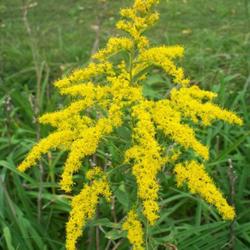
|
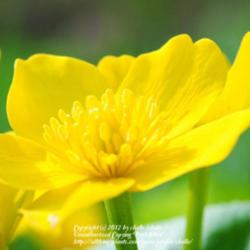
|
Arthritis: poke, goldenrod, feverfew, black cohosh, and wild garlic
Asthma: evening primrose, mullein, goldenrod, and yarrow
Colds and mental confusion: ginseng
Aches and pains: pennyroyal, cattail, and black cohosh
Fever: feverwort
Skin: lavender, skullcap, St. John's wort, and turtlehead
Blood: burdock, echinacea, poke, and wild yam
Allergies: goldenrod and mint
Appendicitis: dandelion
Hiccups: marsh marigold
Heart: foxglove
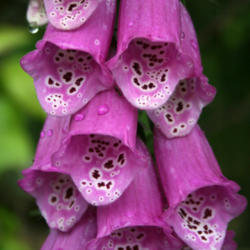
|
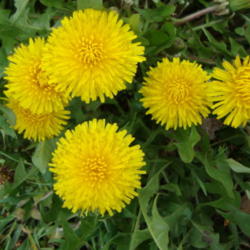
|
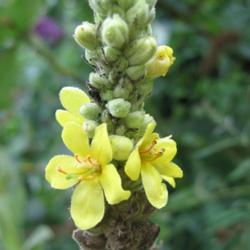
|
Sound familiar? Of course they do! What would our pharmaceutical companies do without digitalis from foxglove? A weed? I don't think so.
Interestingly enough, our most common wildflowers in all 48 contiguous states are plants of Old World origin. They've been around for thousands of years: Oxeye daisy, bull thistle, henbit, dandelion, and shepherd's purse
Some common wildflowers that are native to the lower 48 states, but not native to every state, are Common yarrow, Carolina cranesbill, and sleepy catchfly.
The most common native wildflowers in the United States are the black eyed Susan and the common sunflower.

|
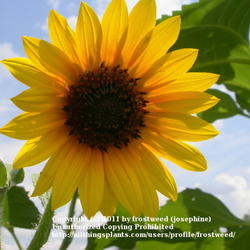
|
Wildflowers have been around so long that we routinely call them weeds. We need to remember that their longevity is the direct result of their importance and their usefulness. They are here for a purpose and they've served it well for thousands of years.
Our terminology might not change. I might still refer to the goldenrod that insists on growing in my daylily bed as that "blasted weed," but at the same time, I tend it with love and care and would desperately miss it if it didn't return next year. Now, be honest: Wouldn't you miss the dandelions if they weren't the first blooms to greet you in early spring?
Wildflowers have a valid place in our world's history. Let's remember that.
"No matter how chaotic it is, wildflowers will still spring up in the middle of nowhere." ~ Sheryl Crowe

|
| Thread Title | Last Reply | Replies |
|---|---|---|
| I was taking photos of the dandelions two days ago by lovesblooms | May 8, 2014 2:12 PM | 1 |
| I "Heart" Wildflowers by fiwit | Aug 17, 2013 7:38 PM | 11 |
| weeds by rositoes | Aug 17, 2013 11:48 AM | 1 |
| Sharon, you say it all so well!! by frostweed | Aug 17, 2013 5:50 AM | 4 |